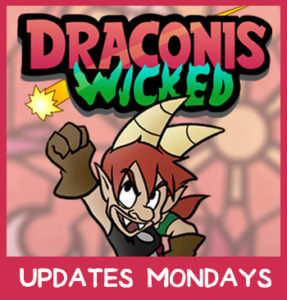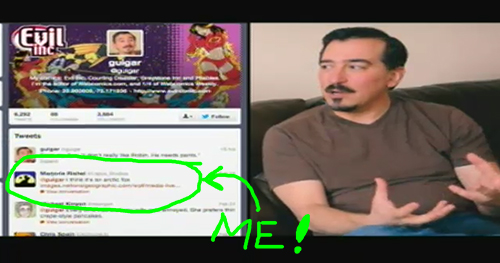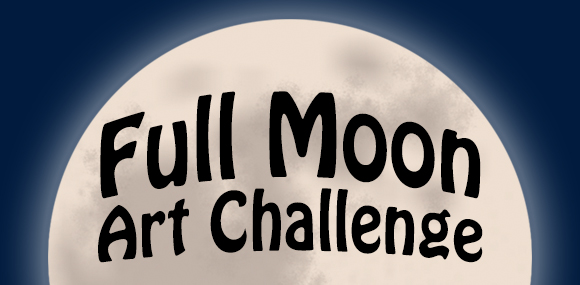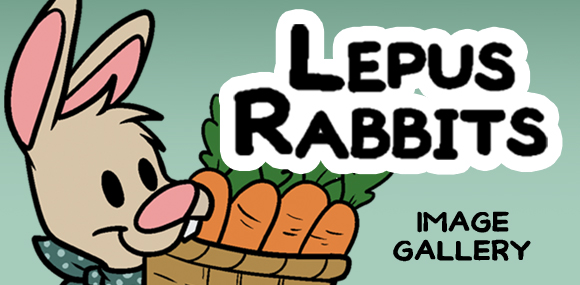In my last blog entry, I reviewed Stripped a documentary on comic strips by cartoonist/film maker, Dave Kellett, and cinematographer, Fred Schroeder.
As I had mentioned previously, I’ve decided to write two responses to Stripped, a straightforward review, and a personal response. This is part two.
I have a lot of respect for Dave Kellett. His comic strip, Sheldon, was the first webcomic I ever followed (I believe I picked it up around 2005). So in 2011, when Dave announced that he would be making a documentary on comic strips, I was intrigued. I followed the project on twitter and threw in a few bucks for the Kickstarter campaign. I even shared the project on Facebook, Twitter, and on my blog (for whatever that was worth.)
As other followers and supporters of Stripped already know, the documentary was supposed to take only a year or two to complete. It was also supposed to be a much simpler project. But, as I’ve said before, sometimes the worst enemy to a good idea is a better idea. And as Dave and Fred gained more support, they quickly realized that they could surpass their original vision and build something truly remarkable. But it would take a lot more work and little more time. Being such good community builders, as well as conscientious businessmen, Dave and Fred promptly informed their followers that the projected deadline for Stripped’s release was being pushed back in order to make a better product. They were so professional and non-flaky about the delay that I can’t imagine anyone felt offended by the decision.
Personally, I am very grateful for the delay. Because while I was following the film’s progress in the abstract, cloudy realm of social media, I was also out in the real world, learning and having experiences. And these experiences would make Stripped much, much dearer to me.
First of all, while Stripped was being made, I learned a bit about filmmaking. Back in 2011, I was making a few animated shorts, partly to show my animation students and partly to satisfy my own artistic interests. I was also doing some film editing and archiving for my job as a technology assistant at a university. Of course, comparing my projects to an independent film is a bit like comparing a grocery list to a best-selling novel. But my own little experiences gave me an idea of how a cartoonist’s skill set and a filmmaker’s skill set could fit together.
Then my sister, Liz, got involved with an indy film in the area. I had very little to do with her job, aside from lending her some props and helping her dye a few costumes to the perfect shade of imitation filth. But from the few projects I assisted with, and mostly from Liz’s stories, I learned just how hard it is to make a movie, especially when you’re a small studio. When Stripped began I remember one of the directors tweeting this bit of trivia: only one in five indy film projects is ever completed. I was amazed that the number was so small. How could people start a project so labor intensive and not finish? How could they just waste whatever time, money, and passion they had already spent? But, by the time Liz’s job was over, and I had a better understanding of the process, I was amazed that as many as one in five films were finished. And my admiration of Stripped grew.
Also, while Stripped was still in progress, I got to meet a number of cartoonists who would be featured in the film. I met Stephan Pastis when he gave a lecture at the Pittsburgh Toonseum. I ran into Shaenon Garrity at a karaoke party the night before the 2013 Rueben Awards. Two days later, I talked to almost a dozen more Stripped cartoonists at the Pittsburgh Comic Arts Festival. (I still treasure that turtle Patrick McDonnell drew in honor of my Noko.) Many of these cartoonists even asked me about my own work. Some of them gave me autographs and sketches. One of them may have called me “sexy” (It was Dan Piraro and he probably says that to all the ladies. …still…)
Aside from the artists I met in person over the years, I can’t even count the number of featured cartoonists who occasionally responded to me on twitter on in message boards.
I didn’t even notice how many of these little experiences – these brushes with famous people – I had accumulated until I saw Stripped. Suddenly, so many faces looked familiar. Instead of watching the interviews and thinking, “So that’s what that guy looks like.” I was thinking,“Hey, I remember that guy.” At this point I was feeling so involved, I was starting to feel like a part of the movie.
Then, quite unexpectedly, I was a part of the movie.
In Chapter Seven of Stripped, there’s a neat little discussion about how cartoonists use social media to interact with their audiences. To illustrate that concept, the documentary shows a screen capture of Brad Guigar’s twitter feed. And they just happened to have taken that image from a day when I responded to one of Brad’s tweets. So, in that screen cap, you can very clearly see my full name and the Lepus Studios logo (my twitter avatar) in the actual movie.

















